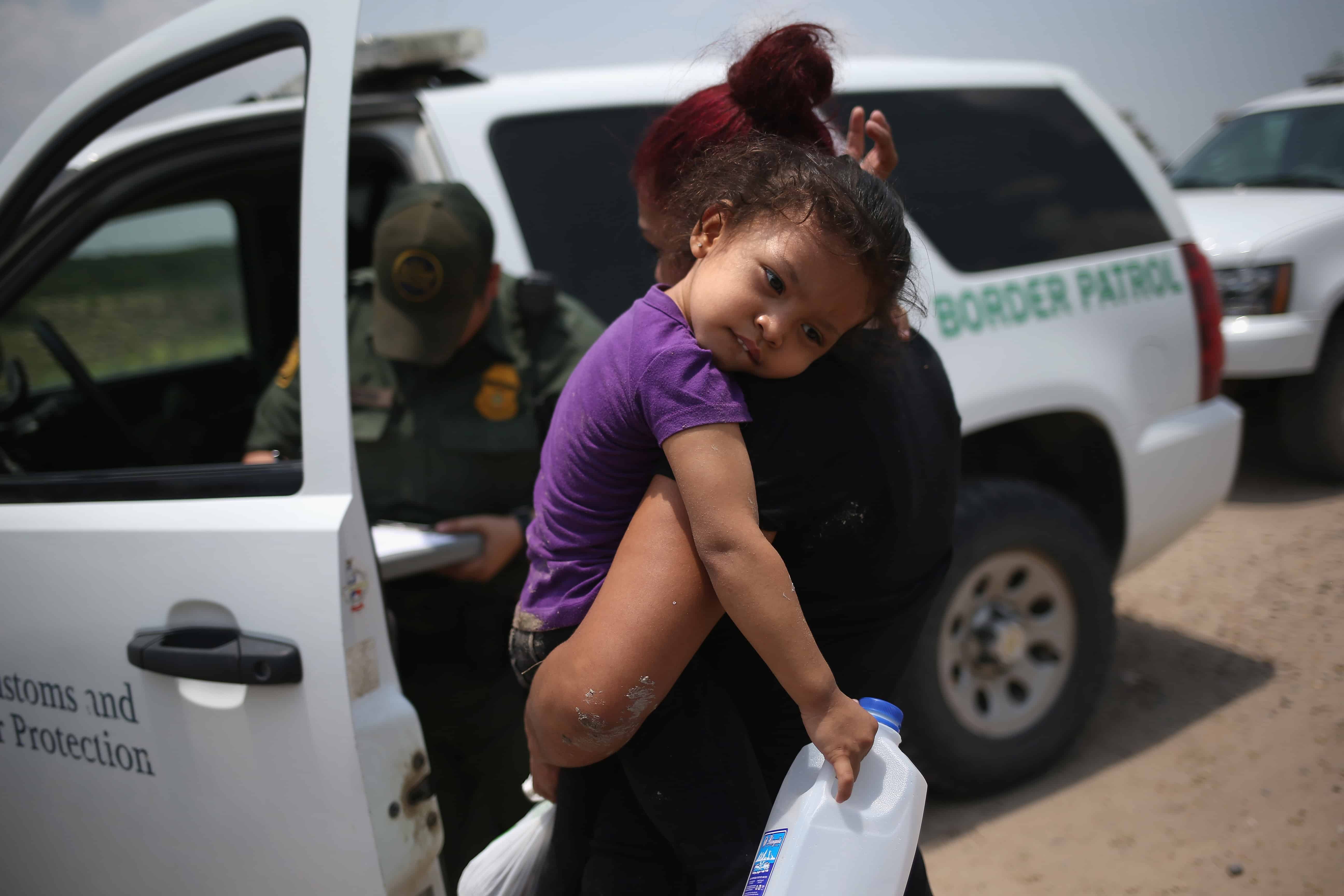Costa Rica received a group of 135 migrants, who were transferred to the Center for Temporary Attention of Migrants (CATEM) at the Southern Border after midnight on February 22.The migrants, most of whom will eventually be returned to their countries of origin, arrived in Costa Rica as part of a bilateral agreement signed with the United States to manage the increasing numbers of deported individuals.
Costa Rican authorities decided to house them at this particular center, located in the Southern Zone. While there is no official explanation, CATEM is used to temporarily house migrants.
A similar measure was implemented by the Panamanian government, which chose to transfer a group of migrants to the San Vicente refugee camp in Metetí, in the jungle province of Darién. Migration experts believe this is likely a cost-saving measure. The location also allows for better coordination of deportation flights, facilitating the grouping of migrants based on their different destinations.
According to Security Minister Mario Zamora, the center can accommodate the group for up to four to six weeks, depending on the logistics involved. The decision by President Rodrigo Chaves’ government to accept this group of deportees has sparked a wave of controversy within the country, with many questioning the broader implications it may have on Costa Rica’s international standing and immigration policies.
As part of the process, Costa Rica will be responsible for making the necessary diplomatic arrangements to have these individuals returned to their home countries. However, this is often a difficult task, as many of the countries involved are either uncooperative or unwilling to accept deported nationals. This creates further challenges for Costa Rica, which has stressed that its role is simply to act as a “bridge” in this process.
For many of these migrants, returning to their countries is not an option. As a result, they are expected to seek asylum in Costa Rica. The government has confirmed that it will respect the rights of these individuals to apply for refugee status.
However, Costa Rica has previously stated that it is overwhelmed by the migratory flow, lacking sufficient resources to properly accommodate and process the large number of individuals seeking refuge. The country’s immigration authorities have also noted that the volume of refugee applications significantly exceeds their ability to handle them in a timely manner.






